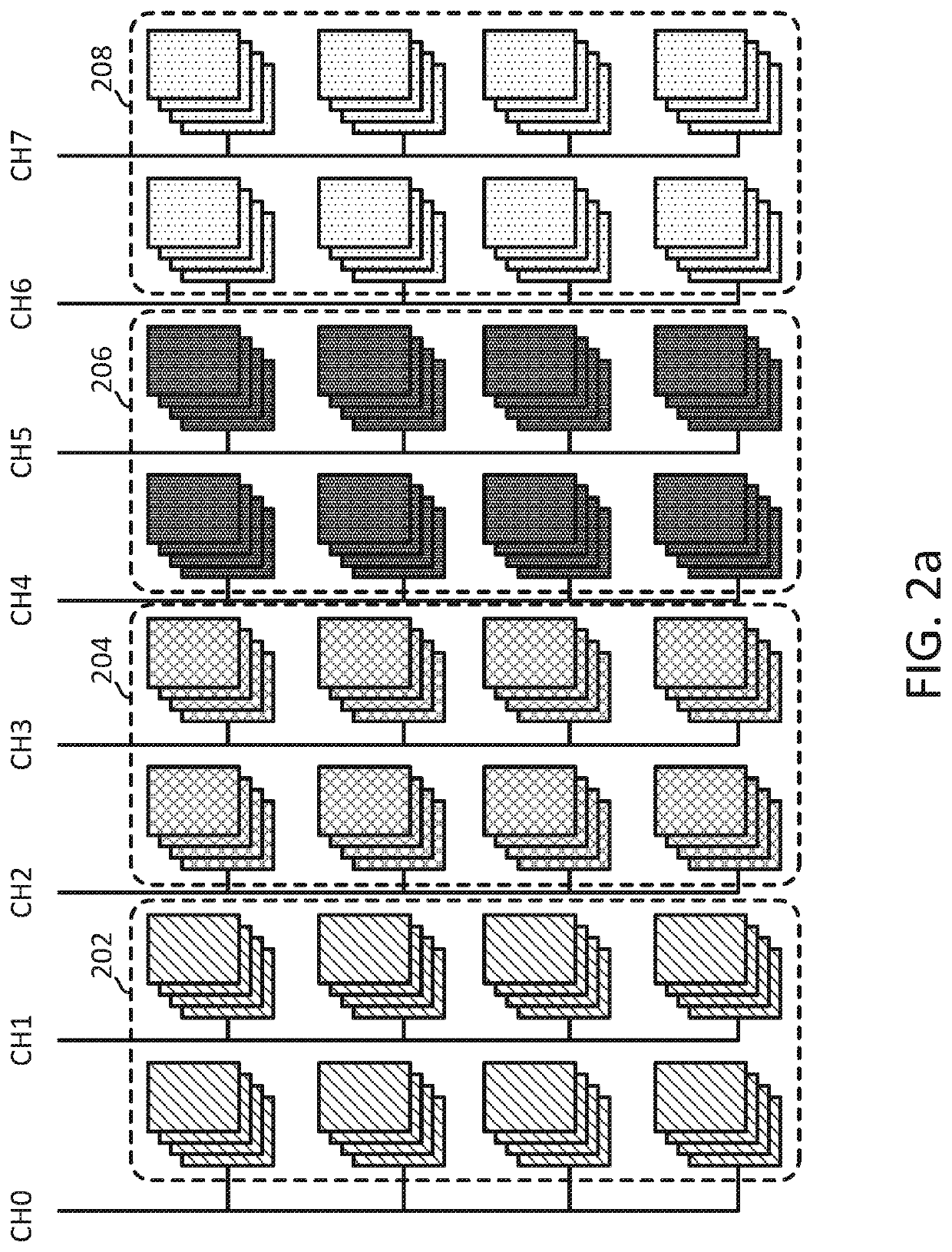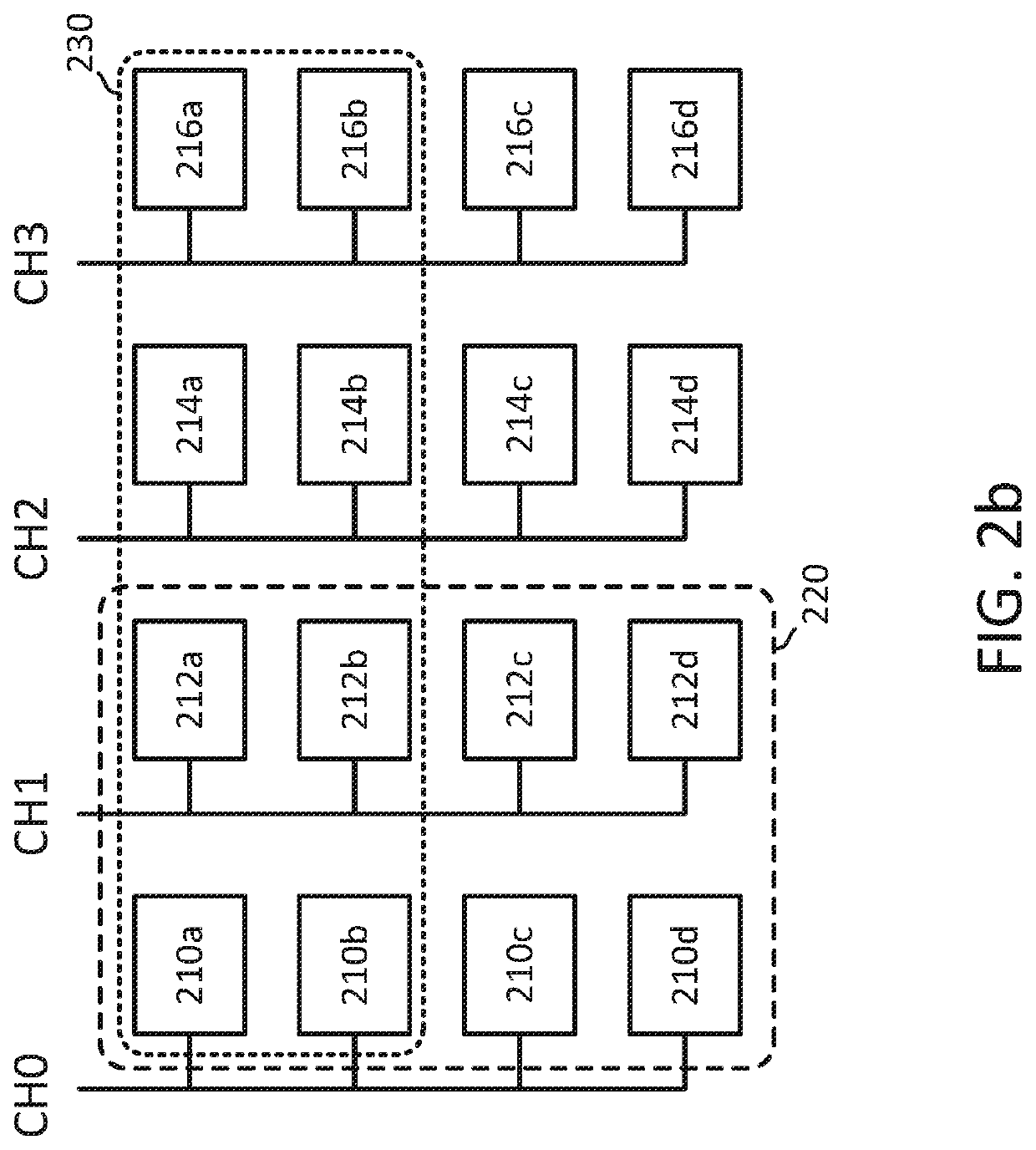SSD architecture supporting low latency operation
a low-latency, ssd technology, applied in the direction of input/output to record carriers, instruments, computing, etc., can solve the problems of collision between i/o, i/o latency, and the amount of time it takes to complete an i/o operation
- Summary
- Abstract
- Description
- Claims
- Application Information
AI Technical Summary
Benefits of technology
Problems solved by technology
Method used
Image
Examples
Embodiment Construction
[0026]Part 1: I / O Determinism and the SSD Architecture Supporting I / O
Determinism for Low Latency Operation
[0027]FIG. 1 is a block diagram of the structure of an SSD 100, according to one embodiment of the invention. As shown in FIG. 1, an SSD memory controller 120 is in communication with one or more host devices or host applications (not shown) through a host interface 110. The host device may comprise any suitable device, such as a computer or storage appliance. The SSD 100 includes both a volatile memory 130, and an array of non-volatile memory dies 140. The volatile memory device 130 and the array of non-volatile memory dies 140 are in communication 124 and 122, respectively, with the SSD memory controller 120.
[0028]The array of non-volatile memory dies 140 comprises non-volatile memory dies 142a-d, 144a-d, 146a-d, and 148a-d that may be arranged in one or more channels in communication 122 with the SSD memory controller 120. While 16 non-volatile memory dies 142a-d, 144a-d, 146...
PUM
 Login to View More
Login to View More Abstract
Description
Claims
Application Information
 Login to View More
Login to View More - R&D
- Intellectual Property
- Life Sciences
- Materials
- Tech Scout
- Unparalleled Data Quality
- Higher Quality Content
- 60% Fewer Hallucinations
Browse by: Latest US Patents, China's latest patents, Technical Efficacy Thesaurus, Application Domain, Technology Topic, Popular Technical Reports.
© 2025 PatSnap. All rights reserved.Legal|Privacy policy|Modern Slavery Act Transparency Statement|Sitemap|About US| Contact US: help@patsnap.com



